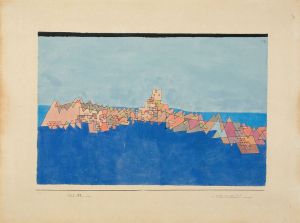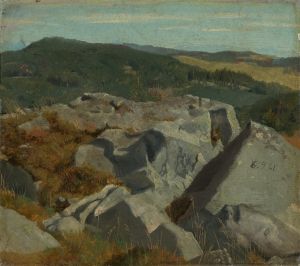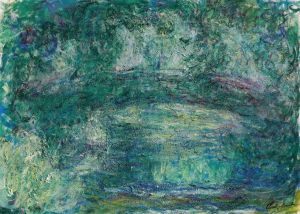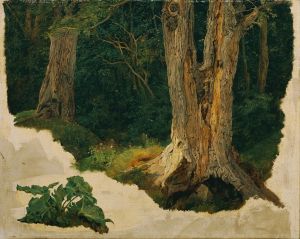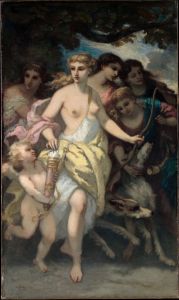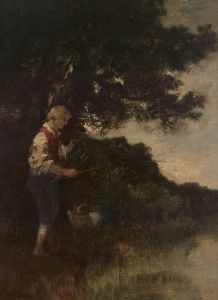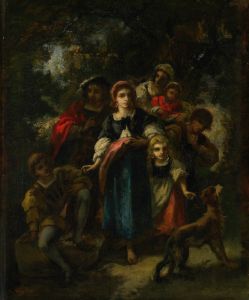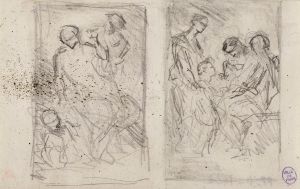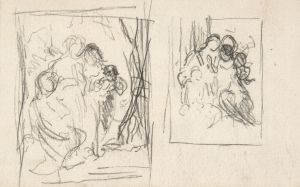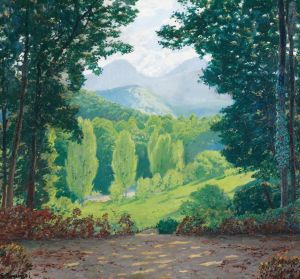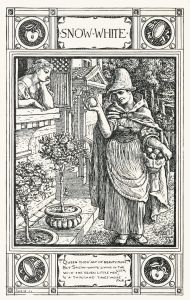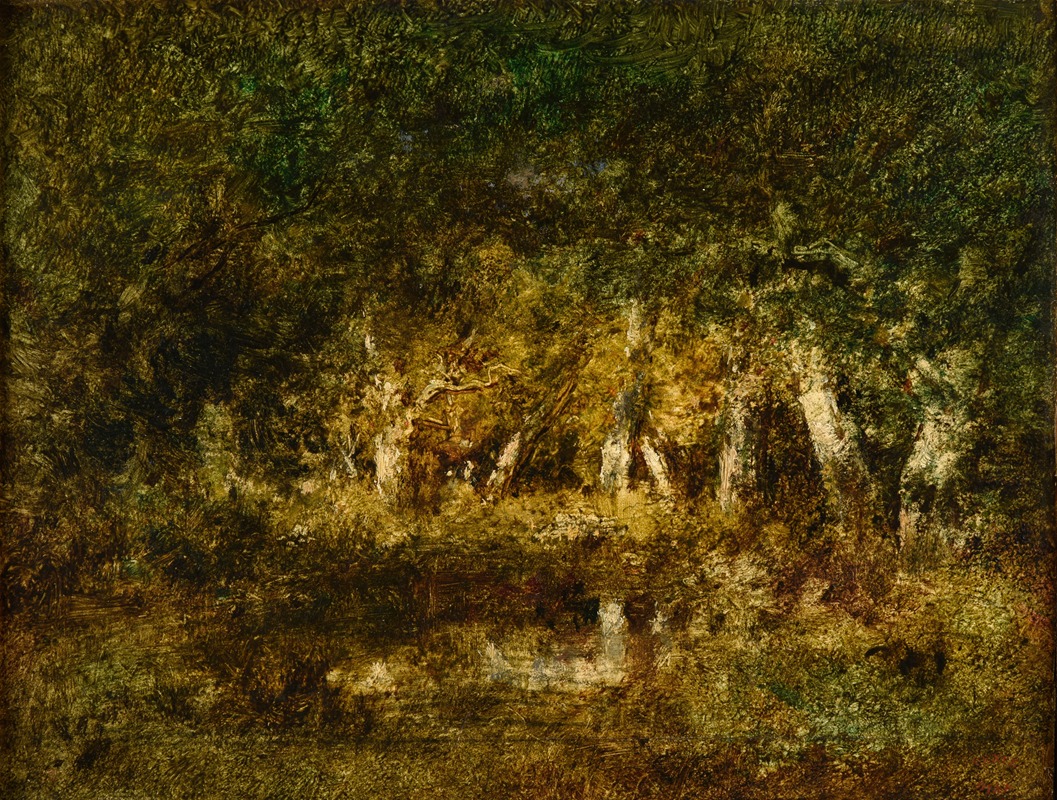
Petite mare en forêt
A hand-painted replica of Narcisse-Virgile Diaz de La Peña’s masterpiece Petite mare en forêt, meticulously crafted by professional artists to capture the true essence of the original. Each piece is created with museum-quality canvas and rare mineral pigments, carefully painted by experienced artists with delicate brushstrokes and rich, layered colors to perfectly recreate the texture of the original artwork. Unlike machine-printed reproductions, this hand-painted version brings the painting to life, infused with the artist’s emotions and skill in every stroke. Whether for personal collection or home decoration, it instantly elevates the artistic atmosphere of any space.
Narcisse-Virgile Diaz de La Peña was a prominent 19th-century French painter, known for his association with the Barbizon School, a movement that emphasized naturalism and the depiction of landscapes. One of his notable works is "Petite mare en forêt," which translates to "Small Pond in the Forest." This painting exemplifies Diaz de La Peña's skill in capturing the serene beauty of nature, a hallmark of the Barbizon School's approach.
"Petite mare en forêt" is characterized by its rich use of color and light, which Diaz de La Peña employed to create a sense of depth and atmosphere. The painting depicts a tranquil forest scene centered around a small pond, surrounded by lush foliage. The artist's use of warm, earthy tones and dappled sunlight filtering through the trees evokes a peaceful, almost idyllic setting. This attention to the interplay of light and shadow is a distinctive feature of Diaz de La Peña's work, reflecting his interest in the effects of natural light on the landscape.
Diaz de La Peña's technique often involved loose, expressive brushwork, which can be seen in "Petite mare en forêt." This approach allowed him to convey the textures and forms of the natural environment with a sense of immediacy and vitality. The painting's composition is carefully balanced, with the pond serving as a focal point that draws the viewer's eye into the scene. The surrounding trees and undergrowth are rendered with a sense of movement and life, suggesting a dynamic interaction between the various elements of the landscape.
As a member of the Barbizon School, Diaz de La Peña was part of a group of artists who sought to break away from the formal constraints of academic painting. Instead, they embraced plein air painting, working outdoors to capture the changing moods and atmospheres of the natural world. This approach was revolutionary at the time and laid the groundwork for later movements such as Impressionism. Diaz de La Peña's work, including "Petite mare en forêt," reflects this shift towards a more direct and personal engagement with nature.
Throughout his career, Diaz de La Peña was influenced by the work of other Barbizon painters, such as Théodore Rousseau and Jean-François Millet, as well as earlier masters like Eugène Delacroix. His ability to blend these influences with his unique vision resulted in a body of work that is both technically accomplished and emotionally resonant. "Petite mare en forêt" is a testament to his skill as a landscape painter and his deep appreciation for the natural world.
The painting is also indicative of the broader cultural and artistic trends of the 19th century, a period marked by a growing interest in nature and the countryside as sources of inspiration and solace. In this context, Diaz de La Peña's work can be seen as part of a larger movement that sought to reconnect with the natural environment in an increasingly industrialized world.
Today, "Petite mare en forêt" is appreciated not only for its aesthetic qualities but also for its historical significance as part of the Barbizon School's legacy. Diaz de La Peña's contributions to this movement have secured his place in the history of art, and his paintings continue to be celebrated for their beauty and insight into the natural world.





